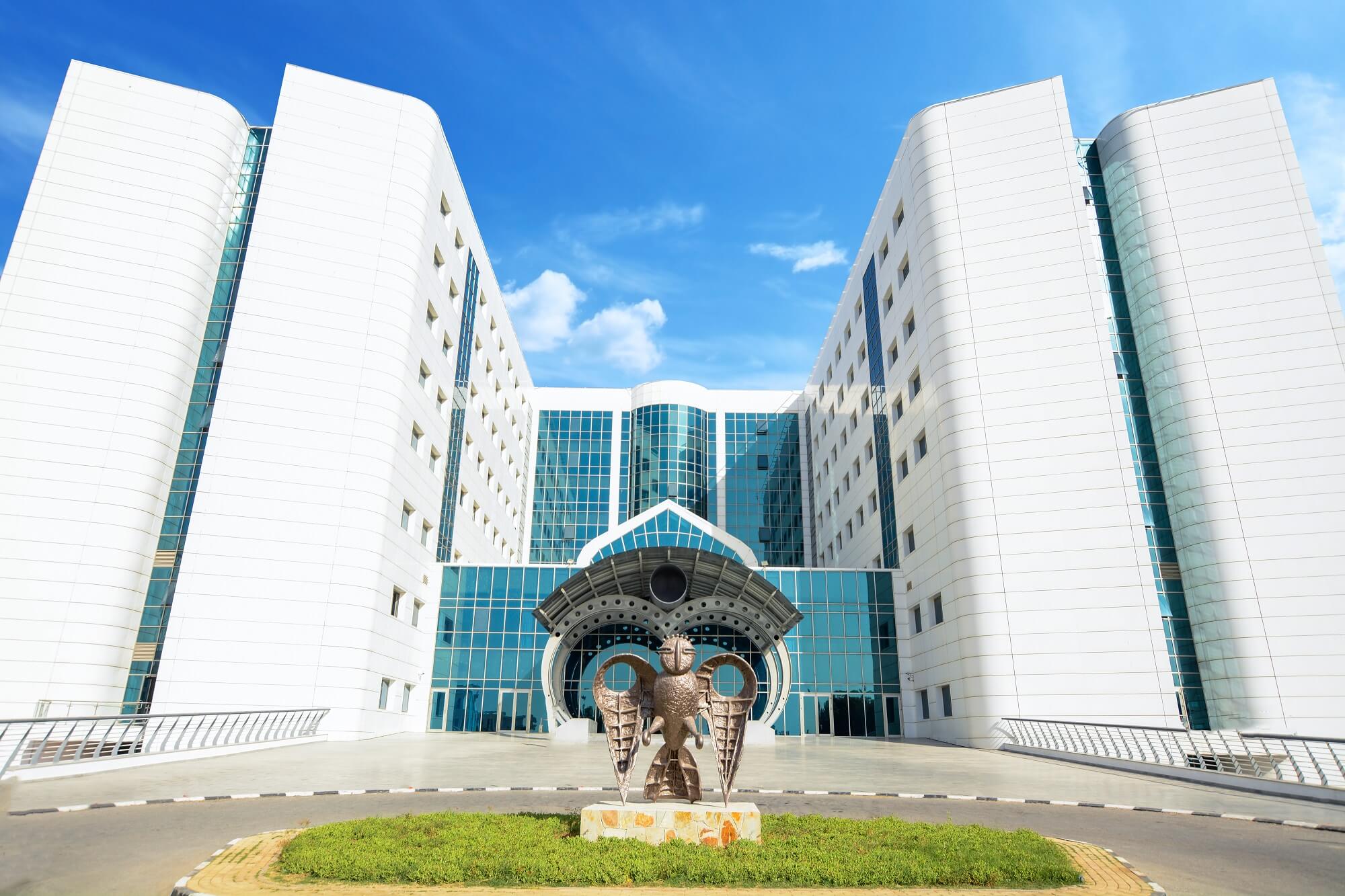
With the Holmium Laser technology (HoLEP), which has been started to be used in the Near East University Hospital, it is possible to easily get rid of benign prostate enlargement, which has become the fearful dream of men in advancing ages.
Prostate diseases are one of the most common health problems faced by men in the world and in our country. Age-related prostate enlargement, on the other hand, stands out as one of the most common prostate diseases in men, with the prolongation of life expectancy. The rate of those who have undergone surgery due to this problem is increasing day by day. In the HoLEP method, which has also been used in the Near East University Hospital, prostate enlargement operations are performed successfully in a much shorter time, minimizing the risks caused by classical surgery, thanks to laser technology through a special device.
The endoscopic HoLEP method, which uses laser technology in the treatment of benign prostate enlargement, stands out as the new gold standard treatment method of the 21st century. With the HoLEP method, which does not harm sexual functions, patients can return to their daily lives by being discharged within 24 hours.

Closed laser period in prostate enlargement surgeries!
Prostate enlargement, which is frequently encountered, causes obstruction, prevents urination, and causes swelling and dysfunction in the kidneys. Numerous and enlarged blood vessels in the prostate can bleed, especially in patients who strain to urinate. Infection can also be seen in patients with the effect of occlusion. In some patients, the infection may reach a level that requires hospitalization. The only way to get rid of these negativities is to get rid of the enlarged prostate tissue after the infection is controlled by opening the blockage. At this point, the operation can be performed by surgical intervention or by the HoLEP method, which is applied endoscopically through the urinary canal by using laser technology. During the procedure, the enlarged prostate tissue is removed from the capsule with the help of laser, and the capsule is completely cleaned.
The solution that increases patient comfort
The HoLEP method with laser technology, which significantly increases patient comfort compared to surgical methods, is an ideal method for every patient group. While classical prostate surgeries are not recommended for prostates larger than 80-100 grams, HoLEP provides much more successful results, especially in large prostates. In addition, there is no upper limit on prostate size for HoLEP.
Endoscopic procedure performed with the HoLEP method provides low bleeding risk and faster recovery. After the procedure, the patient can be discharged within 24 hours by withdrawing the catheter in a short time. Patients can return to their normal lives approximately 1-2 weeks after discharge.
Does not cause sexual dysfunction
One of the biggest concerns in patients undergoing prostate surgery is the loss of sexual function after the procedure. Since the laser energy used to separate the prostate tissue in the HoLEP method does not damage the nerves in the area, it does not pose a risk of loss of sexual function. In addition, patients treated with conventional methods have a risk of regrowth of prostate tissue and obstruction of the urinary tract. Since no prostate tissue is left behind in the treatment with the HoLEP method, the risk of recurrence of the disease is completely eliminated.
Near East University Hospital Urology specialists made statements about the HoLEP method, which has been successfully applied in the TRNC.
Prof. Dr. Ali Ulvi Önder: “With HoLEP, a laser treatment method that requires a high-tech infrastructure and is performed without incision, we offer our patients a fast and comfortable treatment option.”
Saying that benign prostate enlargement is one of the most common ailments in men over the age of 50, Near East University Head of Urology Department Prof. Dr. Ali Ulvi Önder emphasized that the HoLEP method has been widely used in the treatment of benign prostate enlargement in the last 10 years in Europe, Germany, Italy and England, together with the USA. Prof. Dr. Ali Ulvi Önder said that the Near East University Hospital, which is a follower of the latest technologies, has also started to use the Holmium Laser device in prostate enlargement surgery. Prof. Dr. Önder said, “We are trying to restore patients who are diagnosed with benign prostatic enlargement in our hospital, without surgery, primarily with drug therapy. We consider surgical treatments for our patients who do not benefit from drug therapy. We offer our patients a fast and comfortable treatment option with HoLEP, a laser treatment method that requires a high-tech infrastructure and is performed without incisions.

Emphasizing that the HoLEP method can be easily applied to all patients regardless of prostate size, Near East University Hospital Urology Department Specialist Dr. Necmi Bayraktar said, “With this method, we can perform treatment for both problems in the same session in patients with prostate enlargement accompanied by bladder stones. We can also apply it successfully in patients who have had a catheter inserted because they were unable to urinate before. It can be applied safely compared to other techniques in cardiovascular patients, patients with coronary stent or who have had a bypass in the past, or who use blood thinners due to vascular occlusion.”
Underlining that the endoscopic procedure performed with the HoLEP method provides a low risk of bleeding and faster recovery, Dr. Bayraktar said, “We usually discharge our patients within 24 hours after the procedure. Although rare, this process may take a day or two in patients who use blood thinners or have stenosis in the urinary tract. Patients can return to their normal lives approximately 1-2 weeks after discharge.”